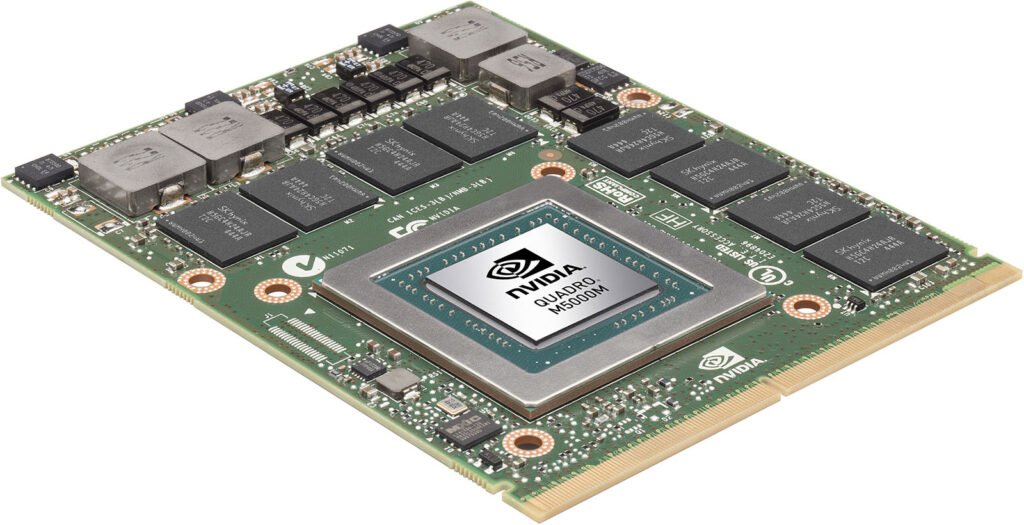AMD Radeon RX Vega 56 Mobile Graphics Card

will look at the Radeon RX Vega 56 Mobile graphics card. We’ll discuss its performance, design, and availability. You’ll be amazed at how far AMD’s latest mobile GPU has come. We’ll also cover how the card can work with different operating systems.
Radeon RX Vega 56 Mobile
The AMD Radeon RX Vega mobile GPU is one of the best mobile GPUs available. We’ve compared the card to the NVIDIA GeForce GTX 1060 in 4/4 benchmarks. While the two video cards are comparable in performance and price, they have distinct differences. In our tests, the AMD Vega 56 outperformed the GTX 1060 in all four tests.
The RX Vega 56 Mobile is a relatively expensive GPU for mobile devices, but it can maintain a reasonable frame rate even when running low-quality games. It’s also got 8192 MB of RAM, so it should be able to run games without any bottlenecks.
The card has a maximum power draw of 210W, much higher than the GTX 1070, which draws around 150W maximum. It is also expected to have a more elevated memory bus than its competitor, which means more RAM for your mobile device.
Performance
AMD’s Radeon RX Vega 56 Mobile is a high-performance notebook graphics card. It has 56 CUs and a boost clock frequency of 1.474 MHz. It also features 8 GB of HBM2 memory. Its bus is a 2.048-bit comprehensive interface, which enables it to transfer up to 409.6 GB/s of data.
Performance-wise, AMD’s Vega 56 is very close to the air-cooled Vega 64. It boasts 87 per cent of Stream Processors and 85 per cent of memory bandwidth, which should prevent game stutters caused by missing assets.
However, at lower resolutions, the Vega 56 lags behind the GTX 1070, falling behind it by around 6% in 1080p and 18% in 1440p. However, compared to the other mobile GPUs in our testing, it has a powerful relative performance compared to all of them. It averaged 86.2 frames per second, which is more than enough for most users.
Another notable feature of the AMD Radeon RX Vega 56 Mobile is its low power consumption. Its power consumption is around 120 W. It has three display outputs (HDMI 2.0b, 3x DisplayPort 1.4a) and a PCI-Express 3.0 x16 interface. Furthermore, the card is relatively compact: it measures only 105mm long.
Design
AMD’s Vega graphics chip is designed for the future. Its predecessor, the RX Vega 64, tried to topple the GTX 1080. However, the Vega 56 struggles in games with legacy requirements. The company has different prices for Vega chips, so consumers can choose which one best fits their needs.
The design of the Vega is based on AMD’s latest GPU architecture, Graphics Core Next. This was announced in early 2016, and it is the most significant change in AMD’s GPU architecture since the TeraScale architecture. The new chip is based on Graphics Core Next, unveiled in 2012. However, AMD still needs to introduce a new family of GPUs with Vega.
The AMD Radeon Vega 56 mobile video card features a GCN 5.0 architecture and is primarily intended for gamers. It has 8 GB of HBM2 memory and a PCIe 3.0 x16 interface. Its maximum power consumption is 120 Watts.
Availability
The AMD Radeon RX Vega 56 is a mobile graphics chip based on AMD’s Vega 10 graphics processor. This chip features eight GB of HBM2 VRAM and runs at 800 MHz. It has a die area of 495 mm2 and supports DirectX 12. Compared to the RX Vega 64, the Vega 56 mobile has less than half the shader count and a smaller die area.
Very few standalone Vega 56 cards were available for sale when it first launched. Nearly all the stock was reserved for Radeon Packs, and those available sold out almost immediately. In addition, the prices for the new cards jumped as much as $100 or more at retail.
The AMD Radeon RX Vega 56 mobile has 56 CUs and an 800 MHz boost clock. Its memory is dedicated, and other GPUs are integrated into the processor and use the shared system RAM. The mobile version also features multiple video outputs. A notebook graphics card may not offer these options depending on the manufacturer.
graphics
The AMD Radeon Vega 56 mobile graphics card is a new mobile graphics processor with a Vega architecture. Compared to the previous generation of Vega GPUs, this one is faster and offers better performance. It is also compatible with the Oculus Rift and HTC Vive virtual reality headsets. Its features include AMD FreeSync 2, which dynamically adjusts the monitor refresh rate to match the graphics card frame rate, reducing screen tearing. AMD FreeSync 2 is also compatible with HDR content, allowing games to tone map directly to the HDR monitor.
The AMD Vega 56 is a good choice for a powerful yet affordable mobile graphics card. The card’s design is clean and straightforward, with a metal backplate and a single fan cooler that pushes warm air out of the back, and it also lacks any flashy flourishes or busy design elements.
The new card also boasts 8GB memory, which AMD has renamed High-Bandwidth Cache. This new feature dramatically cuts the time it takes to load new data, and this could help avoid game stuttering due to missing assets.
design and Cooling
If you’re looking for a graphics card to power your mobile devices, you’ve come to the right place. AMD has released the AMD Vega 56, a mobile GPU with high clock speeds. The card’s power rating is high and can even be overclocked. Although overclocking will increase power consumption, it shouldn’t affect the card’s performance.
The new AMD Radeon RX Vega 56 Mobile has a Vega architecture built on a 14-nm manufacturing process. It supports DirectX 12 and has a die area of 495mm2. The new card has 4096 shaders or about 170 per core. However, AMD has disabled some of these units to reach the target shader count.
The reference design uses a black shroud and an axial fan to draw heat away from the GPU. It also has a metal shroud, a full backplate, and a red LED illuminating the AMD logo.
Radeon RX Vega 56 mobile
The AMD Radeon RX Vega 56 Mobile is a relatively expensive mobile graphics card that can hit a fairly decent frame rate at 1440p. It has 8192 MB of memory, so you should avoid running into bottlenecks. However, you should know that it will not give you the best experience, as its performance isn’t exactly stellar.
The AMD Radeon RX Vega 56 Mobile is primarily aimed at gamers, and it features a GCN 5.0 architecture and eight GB of HBM2 memory. It is attached to the laptop using a PCIe 3.0 x16 interface and consumes 120W of power.
The AMD Radeon RX Vega 56 Mobile features dedicated memory for video processing. Unlike GPUs integrated into processors, Radeon RX Vega 56 Mobile offers dedicated memory. It also has multiple video outputs. A notebook graphics card may have one or two different video outputs, while a reference desktop graphics card may have more.
conclusion
AMD’s Vega graphics chip has yet to make a splash with consumers entirely. While it competes with the GeForce GTX 1080 Ti, its clock speed is significantly lower. That said, the GPU is older than the other Nvidia graphics cards and is still a worthy alternative for gamers who don’t need ultra-high-end performance. Moreover, AMD’s pricing is competitive, with cards starting at $399 and $499.
During our tests, the Vega 56 beat the GTX 1070 by about 18 per cent. In addition, the Vega 56 outperformed the R9 Fury X by about 6 per cent. This indicates that it should be able to handle current VR games.
Compared to the GTX 1070, AMD Vega 56 delivers better performance at the same price. It’s more relaxed, quieter, and more efficient than its predecessor. It can also handle higher resolutions than the GeForce GTX 1070. However, it’s not as powerful as the Radeon RX Vega 64. However, it’s a capable beast that can run faster than the GeForce GTX 1070 and even close to it.





